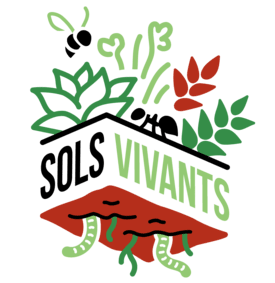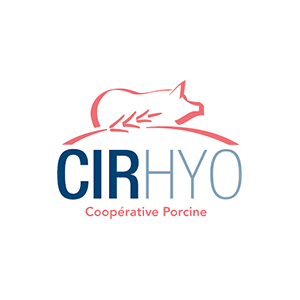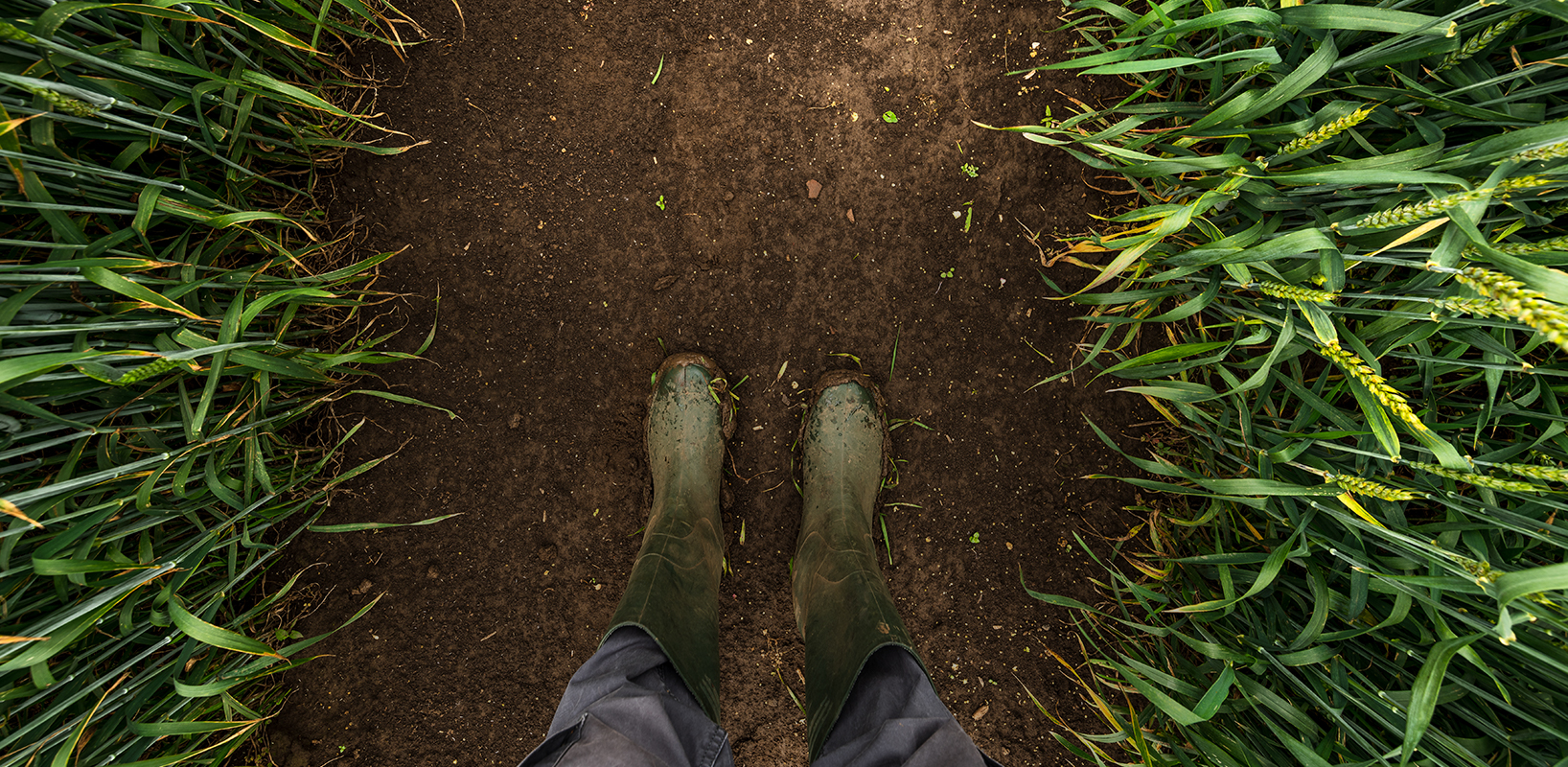
The Living Soils initiative
We need to rethink our approach to our productive ecosystems. At the heart of this ecosystem lies something extremely precious that connects us all: Earth. Regenerating earth must be a central pillar of agricultural and food system transition, starting by the regeneration of soils.
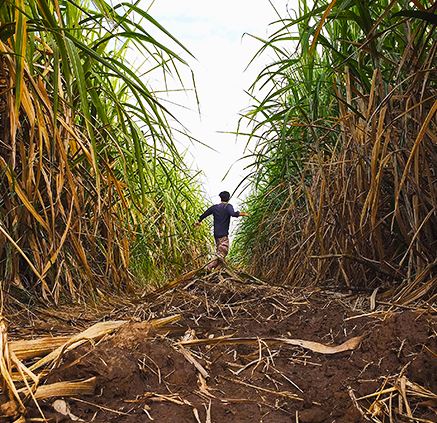

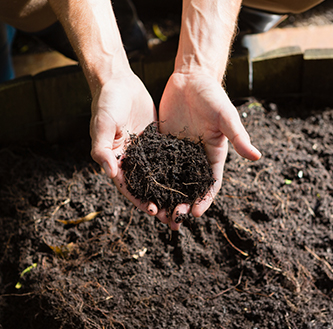
Why are living soils a fundamental pillar of regenerative agriculture?
Agricultural soils represent a little over 7% of the planet’s surface. Soils are fundamental to feeding our global population. Taking care of soil is essential to ensure agriculture’s resilience and the sustainability of our food production. Around the world, women and men are already transforming agricultural practices to work with Nature instead of working against it. They conciliate productivity and ecology by reducing tillage, ensuring permanent plant cover on fields and multi-cropping. These practices enrich soils in organic matter and improve soil fertility while boosting ecosystem services.
These powerful solutions help preserve soil biodiversity, improve water infiltration, enhance carbon sequestration capacity and boost soil microbiome activity all the while contributing to higher productivity of the land. Did you know that on just one hectare of land up to 2 tons of earthworms can live and naturally work the soil? They help soils act as gigantic sponges that retain water – an essential function in times of drought or heavy rains.
Experts agree that soils rich in humus and biodiversity represent one of the most promising solutions to tackle the climate emergency without having to compromise on productivity and the quality of production.

Find out more about regenerative agriculture through this illustrated explanation
Living Soil Benefits
Good quality of production
Ecosystem services (biodiversity, water retention, carbon storage)
Maintained productivity
Recognition to farmers for their progressive approach
What does the Living Soils Initiative propose concretely?
Our mission is to contribute to a wide-spread uptake of agricultural, commercial and investment practices that foster “living soils” and are aligned with the concept of regenerative agriculture. Together with engaged farmers we’re accelerating the adoption of more progressive practices and economic models in support of this shift. This is how we will be able to propose to citizen-consumers healthier local agricultural products that contribute to true resilience of farmers and the environment.
The success of such an endeavor lies in a unique collaborative approach between all value-chain actors from farm to fork: farmers, the agri-food companies, distributors, scientists, policy makers, shareholders and agronomists… Living soils brings together these actors in the land where they live and operate to think in realistic and pragmatic ways about soils and the form of regenerative agriculture that creates transformative solutions.
We create tools and solutions to accompany farmers, and to track and provide financial support for the transition.
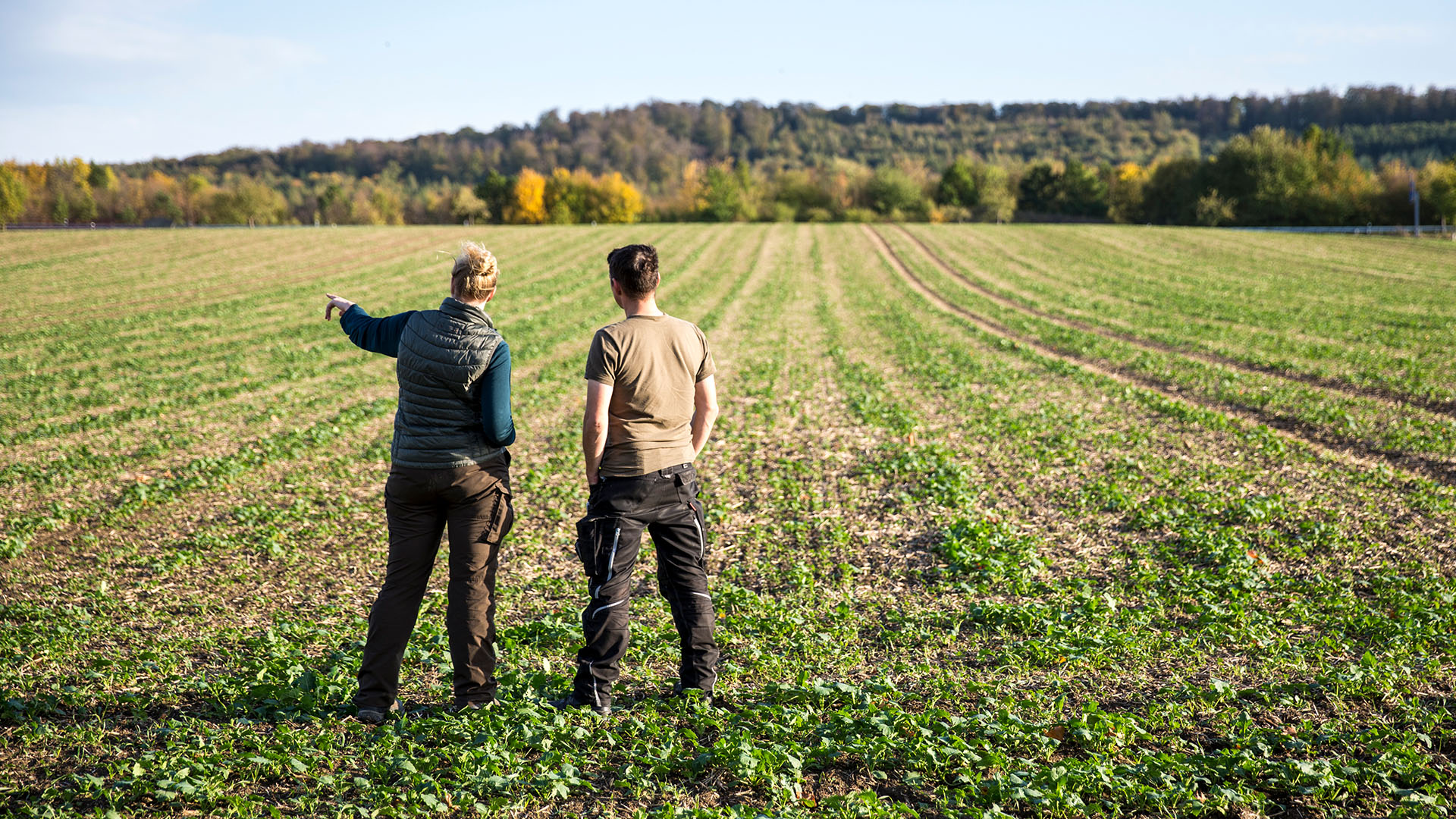
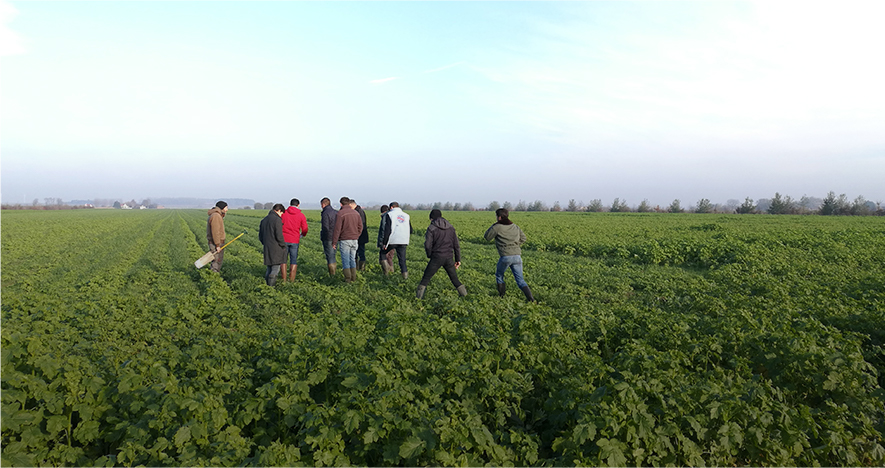
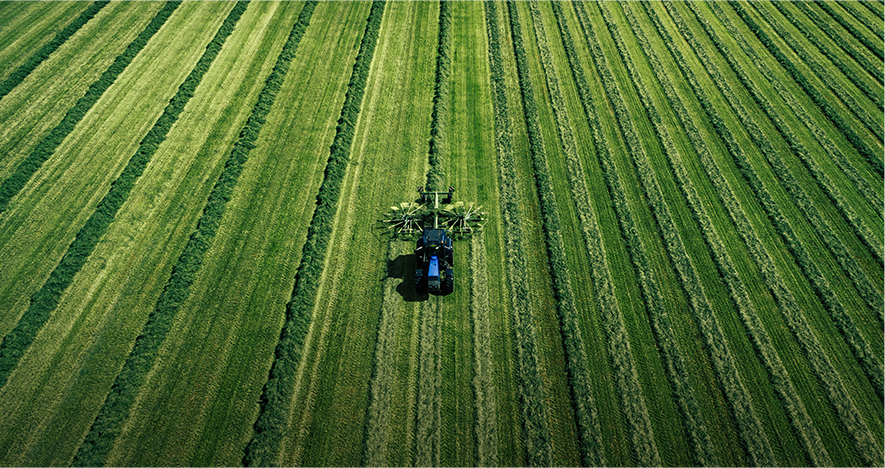
ORGANISATION
Living Soils is an initiative of Earthworm Foundation.
The purpose of Earthworm, as an international non-profit foundation, is to bring about value chain transformation in support of environmental and social sustainability. The products we consume every day have the highest impact on our planet. Changing the way we produce these can change the world!
We act as a catalyst to link actors of different universes to one another and help them create pragmatic solutions together.
We have a history of working on forest conservation and regeneration since 1999.

Governance
The Living Soils initiative aims to accelerate soil regeneration through a collaborative approach at the scale of a supply chain or landscape. Farmers, scientits, ccompanies and other actors in the landscape take action to regenerate soil fertility.
The Partner committee brings together the whole range of actors, scientists, farmers, companies, professionals, training staff and communication entities involved in the program to celebrate successes and propose paths to further develop the initiative.
Working groups consist of engaged individuals who wish to drive action around topics such as support for farmers, financing the transition, supply chain innovation or communication. They gather 3 to 4 times each year to design specific roadmaps and action plans to make regenerative agriculture a reality on the fields.
This working group aims to connect financial institutions with the other actors of the transition to co-create solutions at the scale of the landscape and the value chain. The key areas include payments for ecosystem services, increasing market value of products from regenerative agriculture, mitigation of risks linked to the transition (decreased yields during the learning phase e.g.), necessary investments for the transition such as human resources in cooperatives, technology, supplies and tools.
The objective of this working group is to coordinate efforts within supply chains to promote and develop market opportunities for products from regenerative agriculture. The WG will connect the animal feed sector and new supply chains for human nutrition on emergent topics: the development of news crops to relocate plant-based protein.
Well coordinated communication is essential to showcase progress made by program members. It is to create a space for companies to align external communication activities about Living Soils and regenerative agriculture.
One of the key elements of the transition is the provision of technical support for farmers on the ground to facilitate adoption of the new practices. Discussions within the working group will be structured to allow for a coordinated approach in support and training for the farmers and supply chain actors in the landscape. Key activities will focus on competency building on regenerative agriculture, linking key actors in the landscape to one another and promotion of group trainings for farmers on innovation and new practices.

Our team
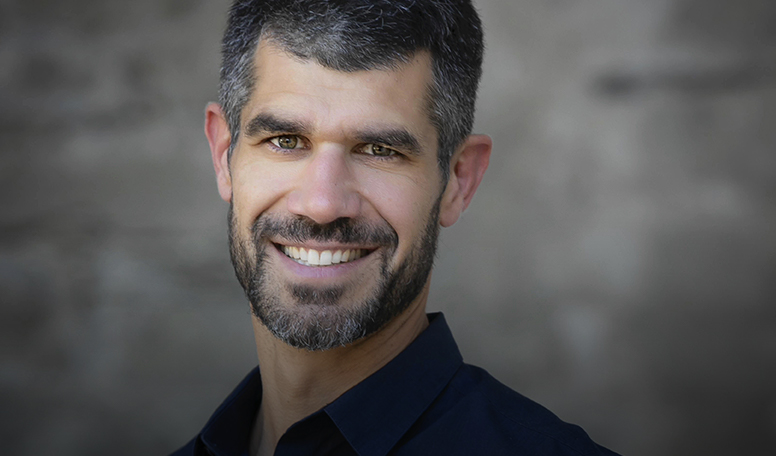
” I’ve been fascinated by Earth since I was a child. I only understood the vast potential of life in soils much later, when I was working as an advisor for farmers on fertilisation practices in England and Argentina. I realized that they could produce more with less input if they only allowed their fields to harmoniously align with some fundamental principles of nature that keep ecosystems productive, resilient and rich in every sense of the word. I now believe that it is possible to bring about deep transformation in the way we interact with the living world by making supply chain actors work hand-in-hand and eliminating oppositions.
I believe an environment of solutions is much more effective than an environment of punishments.”
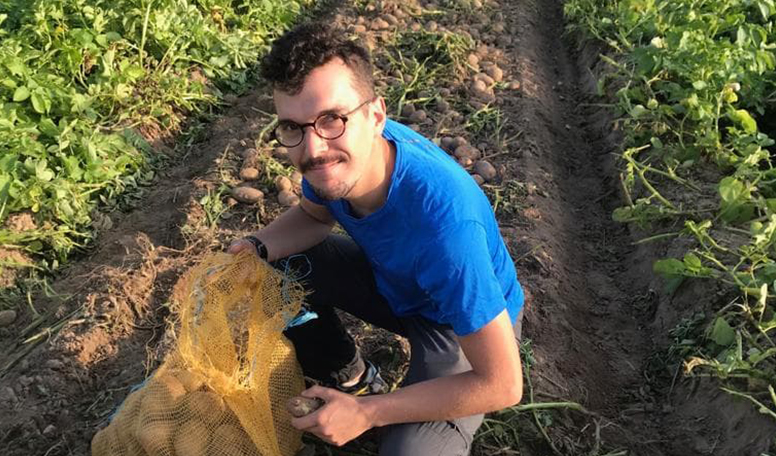
“I’m an engineer by degree and have always been passionate about the questions around agroecological transition. This is what made pushed me to study agronomy and join the Living Soils program in April 2019. What I’m most inspired about in the program is the creation of links between value chain actors, farmers and companies and the awareness raising about Living Soils among all actors.”
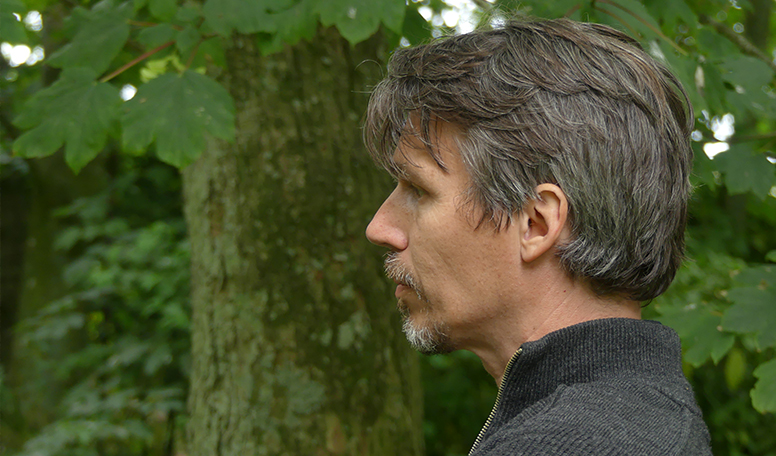
« For me – holding a degree as a biologist and another in business administration – putting nature at the heart of value chains is the only model that will allow our society to survive and thrive. The Living Soils project also aligns with my other passion: creating value in our land by promoting short supply chains.”
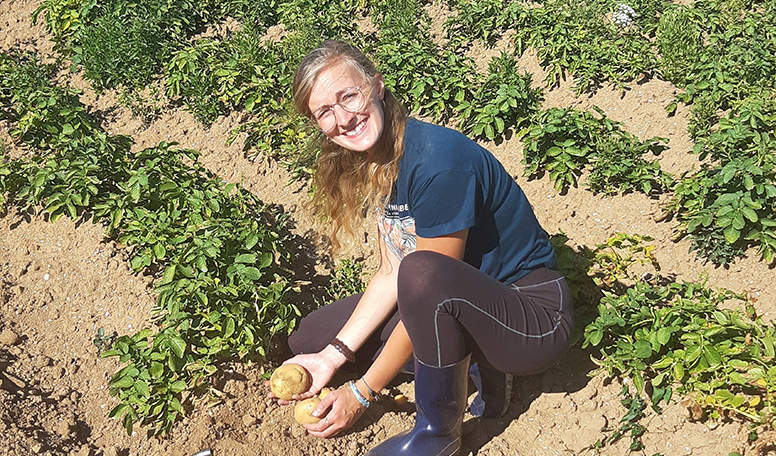
“Agriculture’s transition towards agroecology can provide answers to the challenges of food security, the fight against climate change and the preservation of the environment. The Living Soils program has a vision for agriculture that is more sustainable, resilient and one which values farmers and their work. I am delighted to be dedicated to this work.”
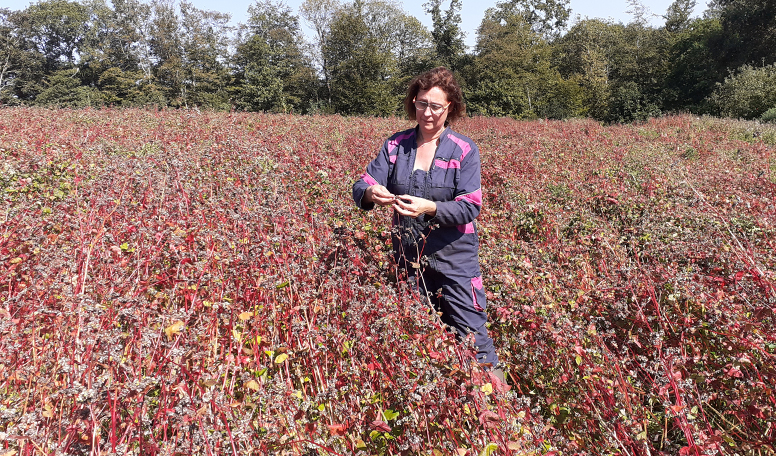
“I am an agricultural engineer, coming from the world of farming. I see the Living Soils program and the movement for regenerative agriculture as a strong driver of agricultural resilience ensuring improved environmental, economic and agricultural sustainability”
